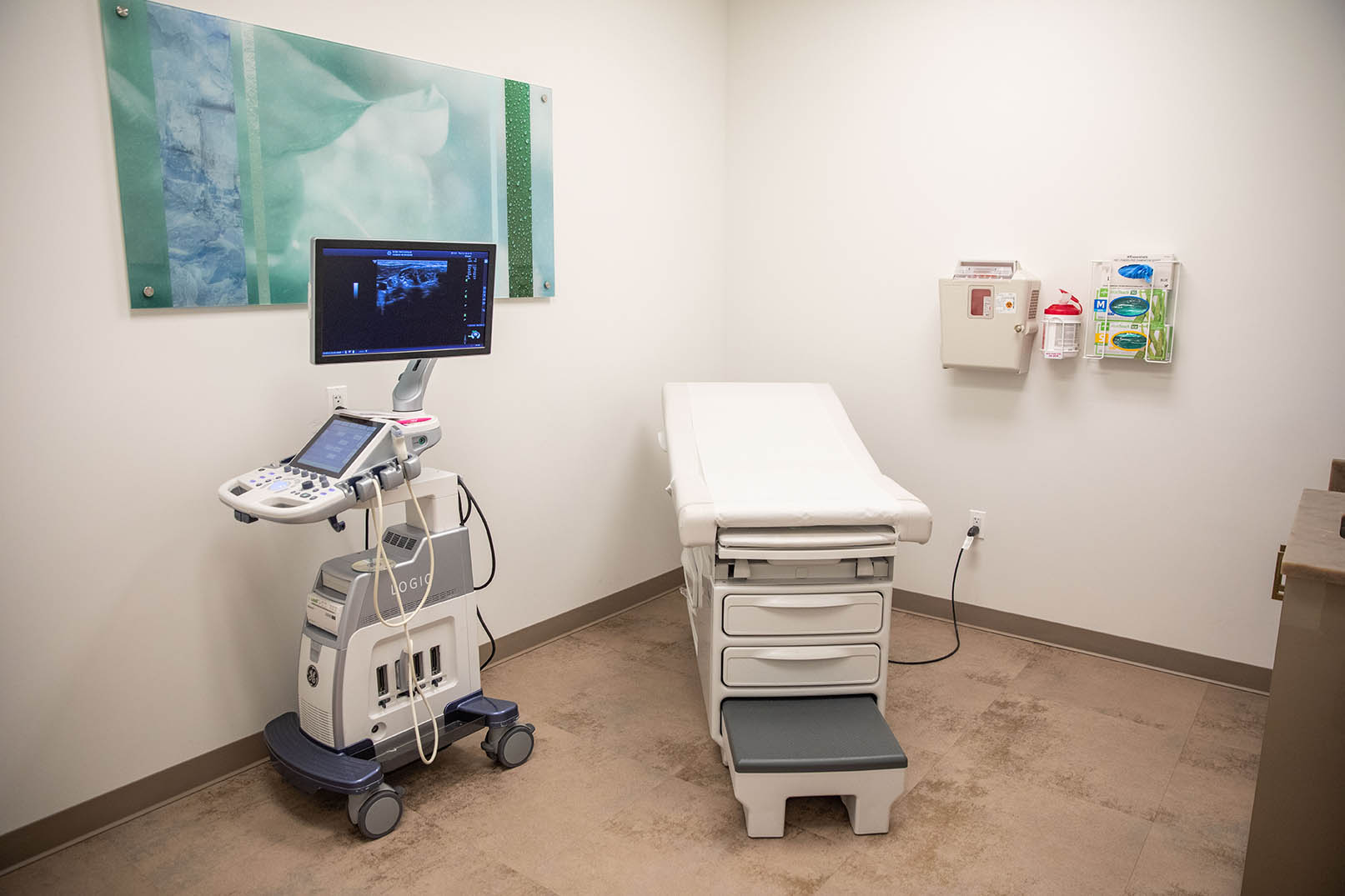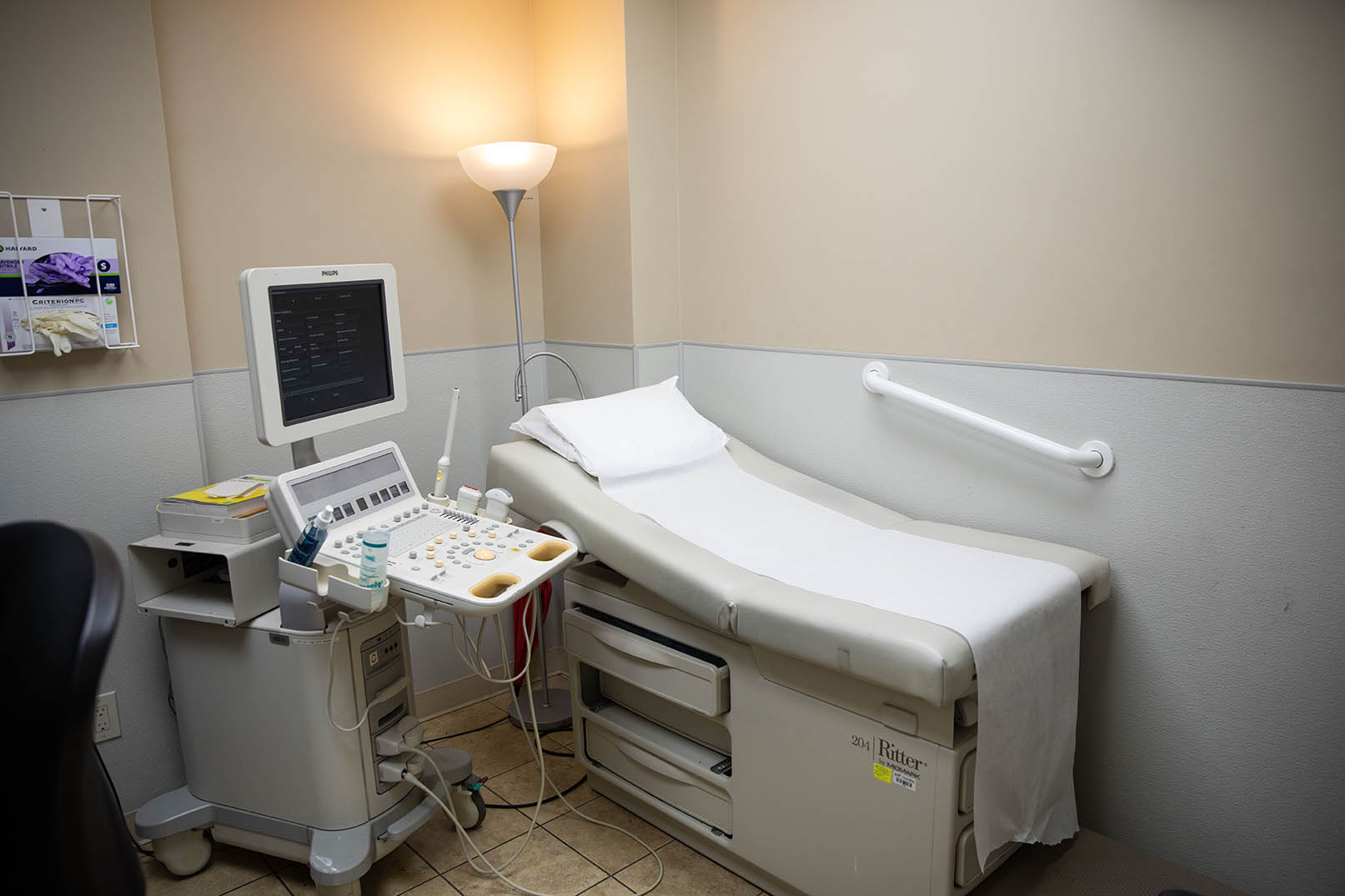Ultrasound
Ultrasound is one of the most popular medical imaging technologies. Utilizing sound waves, Ultrasounds can produce images of internal organs and other soft-tissue structures – including blood vessels and muscles. The high-frequency sound waves are imperceptible to the human ears and painless.
Ultrasound is used in determining causes of pain, infection, and swelling in the internal organs. This non-invasive imaging technology also aids in prenatal examinations, guiding biopsies, diagnosing heart conditions, and assessing damage after a heart attack.
How It Works
Ultrasound operates under the same principles originally developed to track submarines, allowing for non-invasive imaging that does not expose a patient to any amount of radiation. Ultrasound makes use of a small device called a transducer that is placed on the skin and emits high-frequency sound waves that pulse throughout a patient’s body.
These pulses “echo” and are received by the transducer where the information is sent to a computer, where it is analyzed and converted into images. A real-time picture is then displayed on a monitor. This helps in examining blood flow and determining the characteristics of organs and tissues such as shape and size. It can also be useful in detecting abnormal masses like tumors.
During The Test
Patients are advised to wear comfortable and loose-fitting clothes for the exam. Depending on the area being examined, patients may be asked to wear a hospital gown during the procedure.
The patient will lie face up on a padded examination table. It is possible that the patient may be asked to turn to either side in order to enhance the quality of the images. The technologist will apply a small amount of gel on the part of the body that is to be examined. The gel is warm and water-based and thus can be easily wiped off after the procedure. It is specifically designed to prevent any air from getting between the skin and the transducer so that the latter can deliver sound waves into the body. The technologist may also change the direction or angle of the transducer to acquire the best possible image of the body part being examined. Once the exam is complete, the clear gel will be wiped off. On average, an ultrasound scan can last for 15 to 20 minutes.
Preparation – Ultrasound Instruction
Generally speaking, there is no special preparation required for most ultrasound scans. Patients can continue with their usual medication. However, certain ultrasound types require certain preparations such as:
1. Abdomen
Patients who are to undergo abdominal ultrasound are required to fast at least 8 hours before an exam. Food and liquid in the stomach as well as urine in the bladder can make it difficult to obtain clear images.
2. Renal/ Pelvic
While there is no sedation or fasting required, Full bladder is required.
As such, it is recommended that the patient drink at least 24 ounces of water an hour before the exam begins.
3. Renal
Full bladder is also required for patients who will undergo renal ultrasound.
Other ultrasound types such as thyroid, venous doppler, carotid, scrotal, and soft tissue
do not require specific patient preparation.
HOW CAN WE HELP YOU?
Our mission at East End Health and Imaging Center is to provide the highest-quality advanced imaging in a patient-centered and compassionate environment, with the comfort and convenience of being close to home.
To schedule an appointment by phone call 631-998-2500 (Breast Imaging) or 631-508-5795 (Breast Health)


